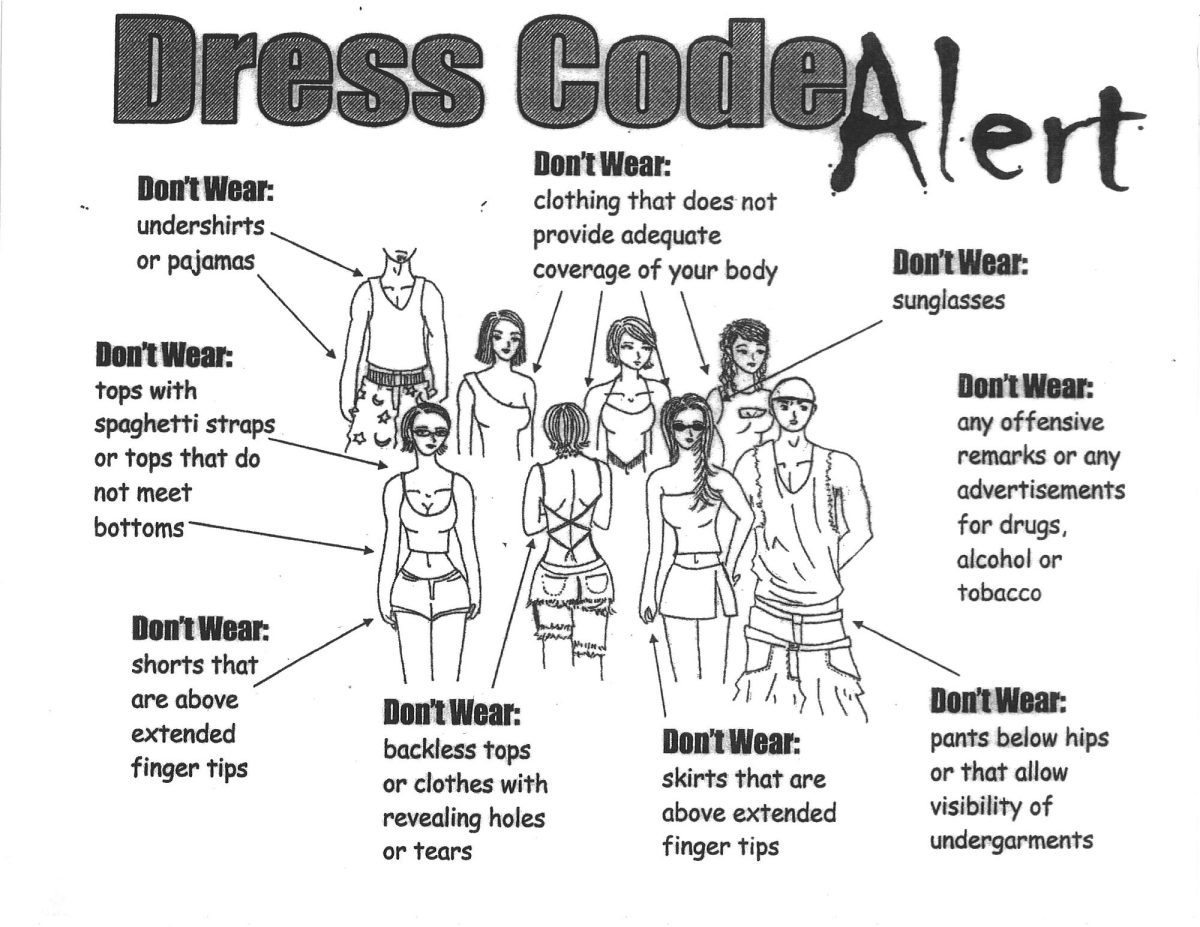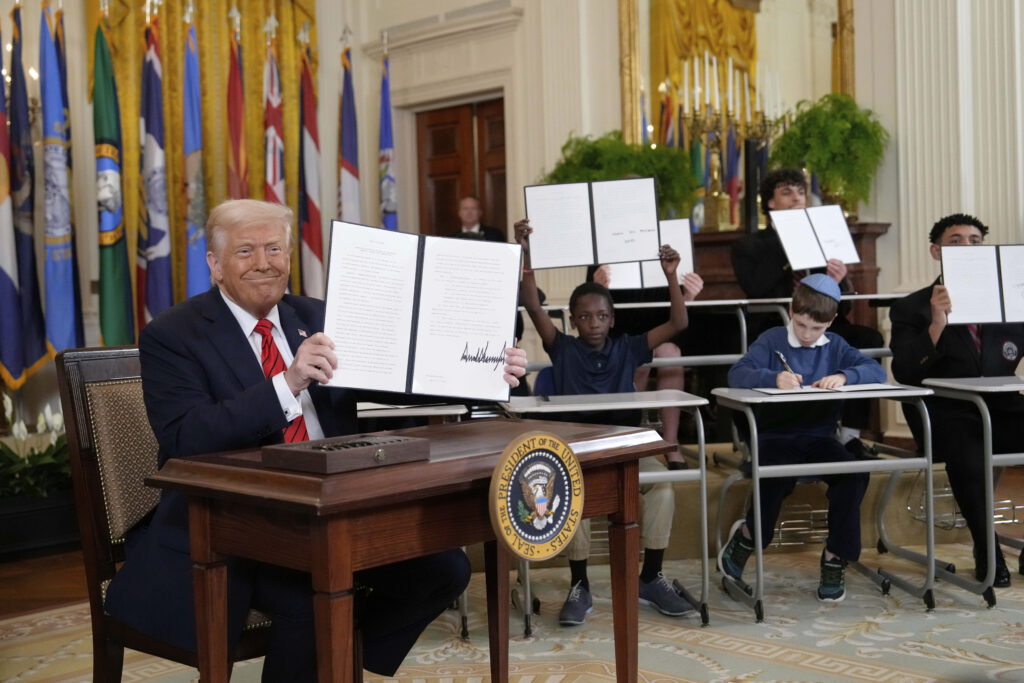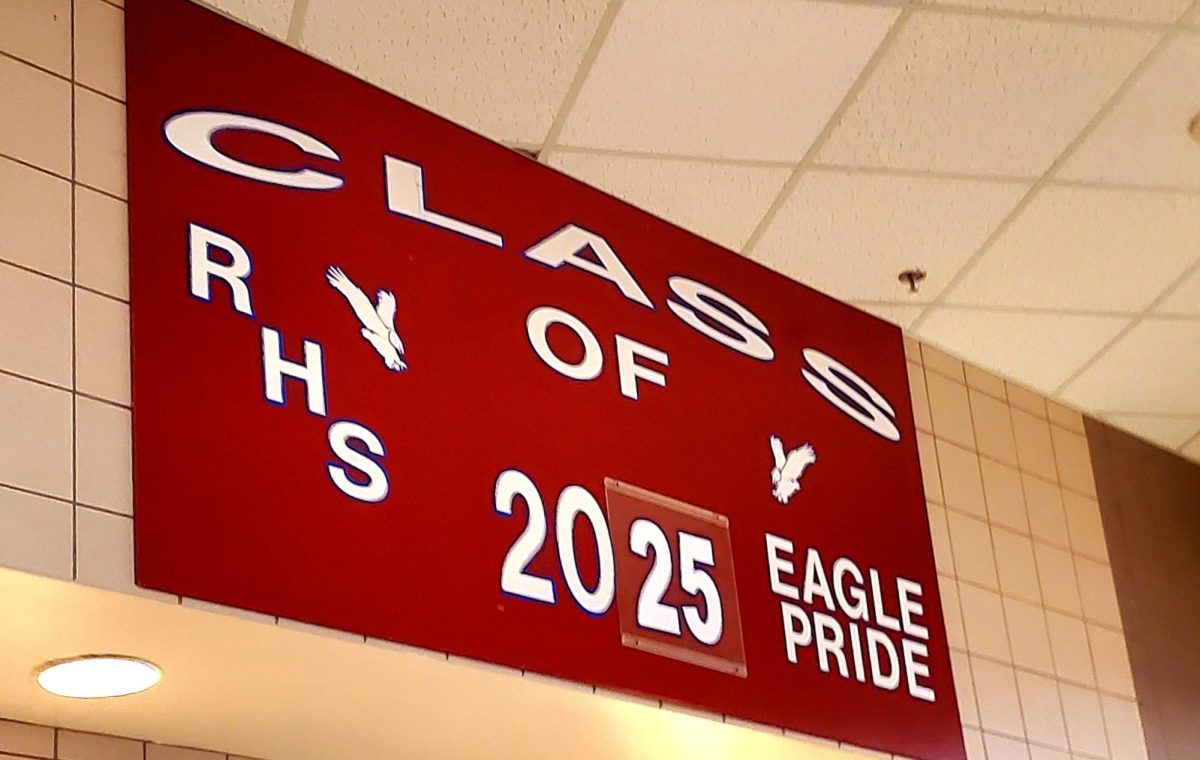Certainly, crafting an article on the topic of school dress code involves a detailed analysis and discussion. In the contemporary educational landscape, the issue of school dress code is a subject of much debate and controversy.
Policies are set by educational institutions to regulate the type of clothing students are allowed to wear on campus. These policies often dictate specific guidelines regarding attire such as length of skirts, types of tops, and restrictions on accessories like hats or jewelry.
While the intention behind school dress codes is generally to promote a conducive learning environment and ensure discipline among students, the implementation and enforcement of these policies have sparked various arguments and discussions.
One of the primary arguments in favor of school dress codes is that they help maintain a sense of professionalism and decorum within educational institutions.
By establishing guidelines for appropriate attire, schools aim to instill a sense of responsibility and respect among students. Dress codes also serve to minimize distractions in the classroom, as they discourage clothing that may be overly revealing or disruptive.
Proponents of school dress codes argue that by setting standards for clothing, schools can create a more focused and disciplined learning environment where students are better able to concentrate on their academic pursuits.
On the other hand, critics of dress guidelines contend the policies can be restrictive and discriminatory.
Some argue the code is disproportionately target certain groups of students, particularly girls and minority students, by imposing stricter regulations on their clothing choices.
Additionally, opponents of school dress codes argue that such policies can stifle students’ freedom of expression and individuality. By mandating specific dress requirements, schools may inadvertently suppress students’ creativity and self-expression, in which a lot of students important aspects of personal development
In recent years, there has been a growing movement to reassess and reform school dress codes to make them more inclusive and equitable.
Advocates for dress code reform emphasize the importance of creating policies that are not only fair and non-discriminatory but also reflective of the diverse identities and backgrounds of students.
Some schools have adopted more flexible dress codes that allow for greater student autonomy in choosing their attire while still maintaining appropriate standards of dress.
By involving students, parents, and faculty in the process of revising dress codes, schools can ensure that these policies align with the values of respect, equality, and individuality.
The issue of school dress code is multifaceted and complex, encompassing considerations of discipline, professionalism, individuality, and equity.
While school dress codes have a role in promoting a positive learning environment, it is essential for educational institutions to critically evaluate and revise these policies to ensure that they are fair, inclusive, and supportive of students’ diverse needs and identities. By engaging in open dialogue and collaboration, schools can create dress codes that strike a balance between upholding standards of decorum and respecting students’ rights to self-expression and autonomy.









